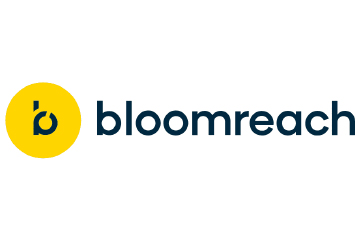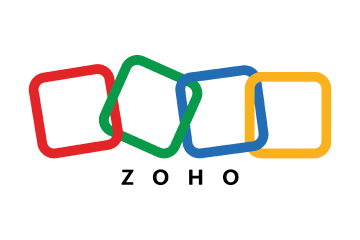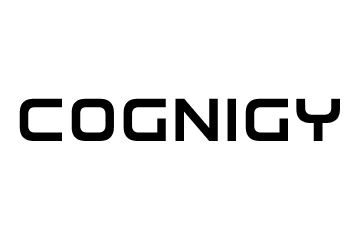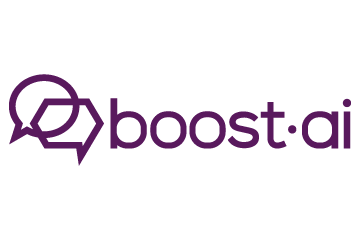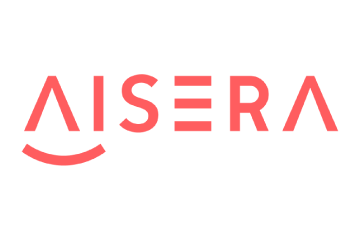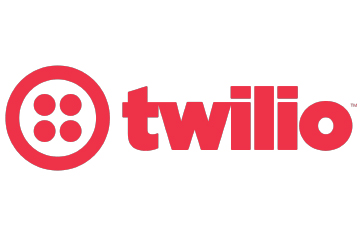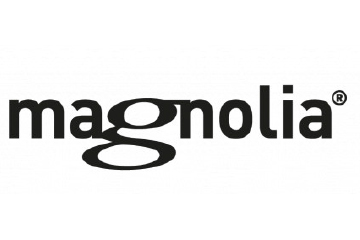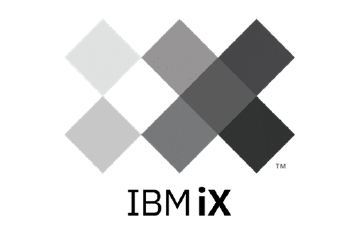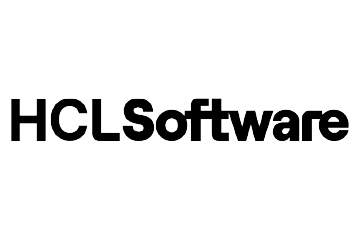ResearchAndMarkets.com Unveils Thai Conversational Commerce Market Trends
The transaction value in the Thai conversational commerce sector is projected to scale to US$33.8 billion at a CAGR of 19.2% from 2022 to 2028.
Topics
What to Read Next
- Supermetrics Unveils Supermetrics AI to Accelerate Marketing Intelligence
- Palantir, Stagwell Partner to Launch AI Platform for Marketers
- MoEngage Raises $100M to Accelerate AI Marketing Expansion
- Innovid Expands Harmony with Conversion Signals
- Thryv Introduces AI-Enabled Marketing Software for Home Services Businesses

The “Thailand Conversational Commerce Market Intelligence and Future Growth Dynamics Databook – 75+ KPIs on Conversational Commerce Trends by End-Use Sectors, Operational KPIs, Product Offering, and Spend By Application – Q2 2023 Update” report has been added to ResearchAndMarkets.com’s offering.
Conversational commerce is set for significant growth in Thailand, with a new databook offering over 75 key performance indicators (KPIs) that shed light on the trends and operational metrics within this evolving industry. The comprehensive resource provides a data-centric analysis of conversational commerce, underscoring the market opportunities and associated risks in the Thai context.
Thai conversational commerce market is anticipated to exhibit a noteworthy growth rate of 22.2% annually, reaching a market size of approximately US$14.0 billion in 2023. A sustained growth trajectory is expected to continue, with the market further expanding at a compound annual growth rate (CAGR) of 19.2% from 2022 to 2028.
By the end of the forecast period, the transaction value in the conversational commerce sector is projected to scale to US$33.8 billion. The industry report encompasses key segments vital for understanding the diverse applications and reach of conversational commerce technologies. These include market breakdowns by virtual assistant type, including both AI-based virtual assistants and non-intelligent chatbots, and further categorisation within vital sectors such as retail shopping, travel & hospitality, online food service, media and entertainment, healthcare and wellness, and more.
Thailand’s conversational commerce market is analysed across various dimensions such as transaction volume, average value per transaction, and market size forecasts for different virtual assistant types, including chatbots, digital voice assistants, OTT messaging, and RCS messaging.
These insights offer detailed perspectives on how conversational commerce is integrated within key sectors and how it is tailored to meet the specific needs of different industries. Stratified by organisation size, the databook provides valuable information on conversational commerce applications across large, medium-sized, and small enterprises, giving stakeholders an understanding of where market penetration might be most active.
Furthermore, the book delves into spend on applications, segmenting investments into software applications, IT services, and consulting services. For decision-makers and strategists, this data-centric resource serves as a crucial tool for identifying growth segments, targeting specific market opportunities, and developing market-specific strategies.
The databook facilitates a nuanced understanding of Thailand’s conversational commerce market and enables industry participants to anticipate trends, thereby formulating forward-looking and lucrative business strategies. It highlights the substantial growth potential in the Thai market and the opportunities that conversational commerce presents across various end-use sectors.
This underscores the importance for businesses to stay abreast of technological advancements and leverage conversational tools to enhance customer engagement and drive sales. Stakeholders looking to harness the potential offered by conversational commerce technologies in Thailand will find this databook to be an indispensable guide. It offers a comprehensive and in-depth understanding of market dynamics that assists in developing informed, data-driven business strategies in this fast-growing sector.

